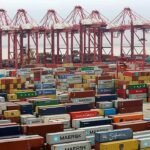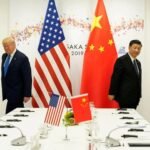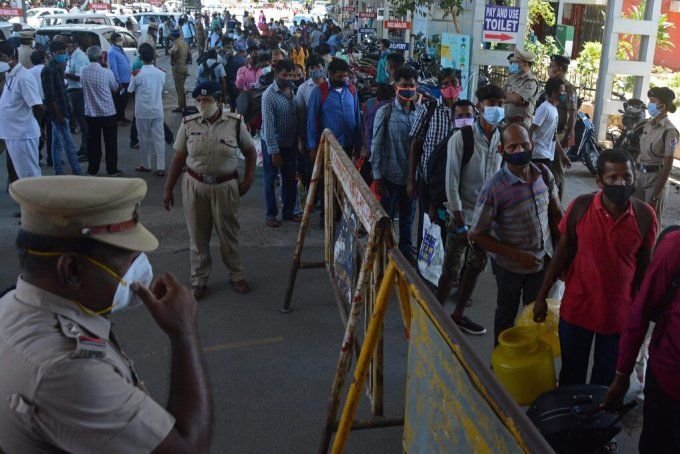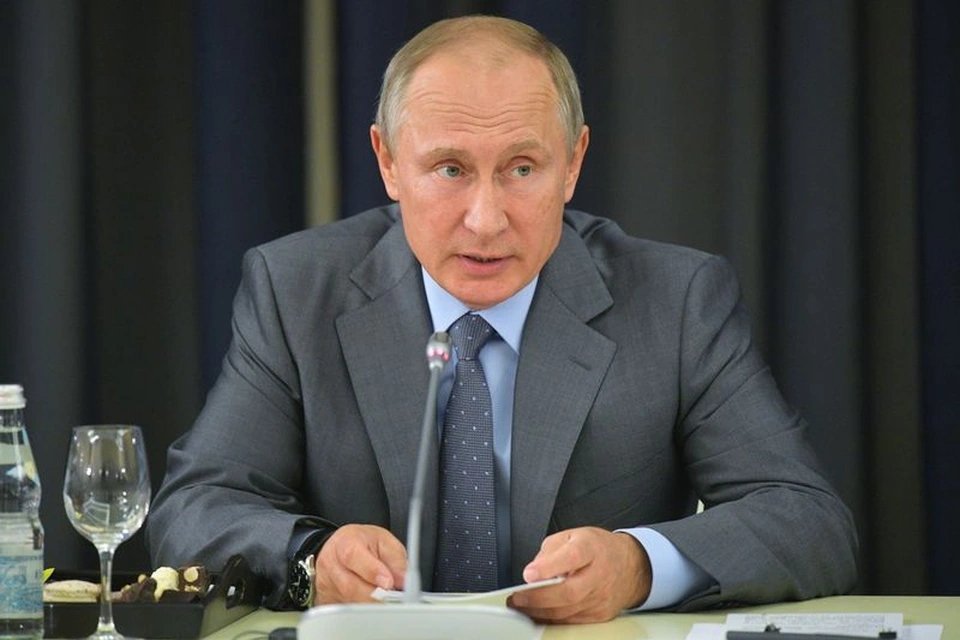Humanity was pulled back to the same starting line when nCoV began to rage.
`Now, when high-income countries or vaccine sources like China have stepped up their vaccination programs, the next phase of the pandemic will have a huge difference between places with and without vaccines,` David Fidler
Out-of-town workers in Chennai, India, flocked back to their hometowns after the blockade on May 10.
The pandemic picture is currently divided in half, including countries with enough vaccines to control the epidemic and the rest being countries lacking resources and vaccines that are passive in the face of new strains.
The situation in India is completely opposite.
World Health Organization (WHO) Director General Tedros Adhanom Ghebreyesus on May 10 noted that the number of infections and deaths is increasing rapidly in Southeast Asia, specifically Thailand and Cambodia.
What these countries have in common is a lack of access to vaccines and that they fought the epidemic somewhat effectively in 2020 through blockade measures.
`Many countries are facing an extremely dangerous dilemma. New strains appear when they cannot control and interrupt the chain of transmission. Countries that do not have enough vaccines have to use ‘non-pharmacological’ interventions.
He said that `this method is unsustainable and difficult to last long enough to cut off the chain of transmission. Before the pandemic ends, they relax, leaving loopholes for both the original virus strain and the mutated strain to break out in the community.`
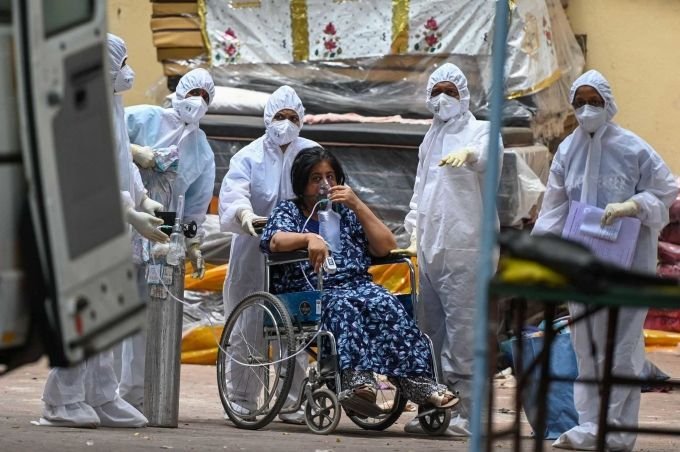
Indian Covid-19 patients were transferred to a treatment center in Mumbai city on April 22.
Epidemiologist Eric Feigl-Ding, senior fellow at the Federation of American Scientists (FAS) and former expert at Harvard Medical School, noted that nCoV variants impact the ability to control the epidemic according to
Variants may be more infectious, cause more severe illness, have a higher risk of reinfection and affect the effectiveness of vaccines, or be more difficult to detect even with PCR testing.
`We still do not fully understand the Indian variant and its sub-lineages. There is a risk that the virus silently enters despite border quarantine because it has a longer incubation period or a period when the patient is susceptible to the disease.
WHO on May 10 classified B.1.617 as a `variant of concern`.
However, Director General Tedros noted that low-income countries, despite accounting for 47% of the world’s population, are accessing only 17% of vaccine output.

Covid-19 vaccination site with Pfizer-BioNTech vaccine in Connecticut, USA in April. Photo: AP.
According to Fidler’s prediction, the new strain will become `a typical problem of low-income countries and vaccine shortages`.
The world will always face the threat of pandemics.
`We will see many more new strains, causing serious problems for countries without access to vaccines. With higher transmissibility, new strains will go beyond the boundaries of the country of origin.




